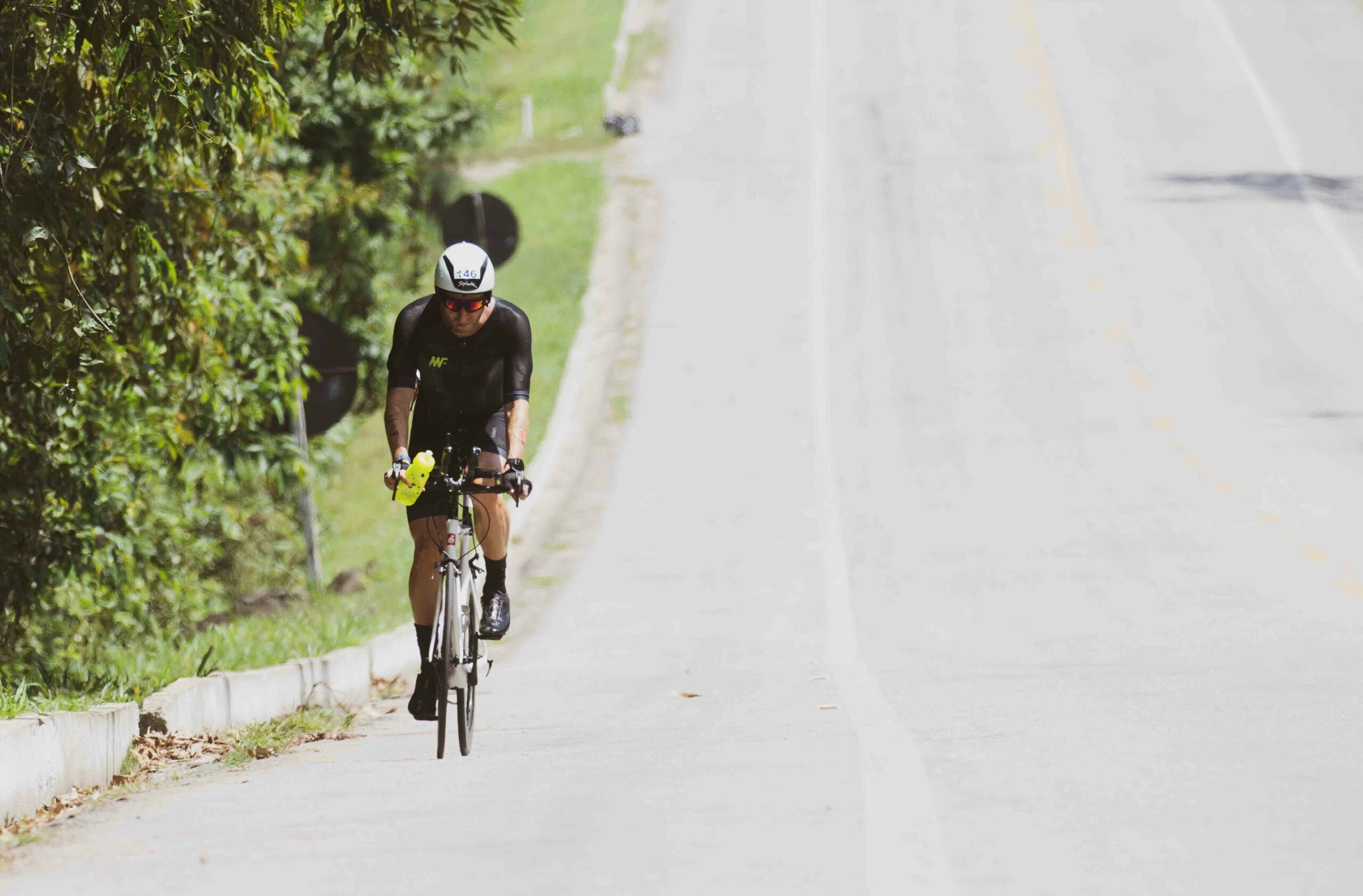Hill cycling is both a challenge and an opportunity for cyclists. Whether you’re conquering moderate ascents, tackling long grades, or pushing through steep inclines, climbing builds strength, endurance, and mental resilience. Each type of climb has its unique demands, requiring specific techniques and strategies to ensure efficiency and effectiveness.
This blog post provides a comprehensive guide to moderate, long, and steep hill training, with practical tips to help you excel.

Moderate Hills: Building Strength and Endurance
Moderate hills, characterized by grades of up to 6 percent that take about 3 minutes to climb, are ideal for improving aerobic capacity and foundational strength.
Key Guidelines
- Course Selection: Choose a route with rolling terrain and hills that are neither too steep nor overly long.
- Cadence: Maintain a steady cadence of 70 rpm or higher to keep effort manageable while building muscular endurance.
- Zones: Stay within zones 1–4 to avoid excessive fatigue. These rides are about maintaining control and consistency, not all-out effort.
Technique Tips
- Stay Seated: Remaining seated during moderate climbs helps build strength in the glutes and quads. It also conserves energy for longer rides.
- Pedal from the Hips: Engage your core and hips to generate power, minimizing strain on the knees.
- Focus on Smooth Cadence: Avoid jerky pedal strokes; aim for fluid, even motion to maintain momentum.
Moderate hills are a staple of Base 3 training, preparing you for more intense efforts later in the season.

Long Hills: Building Stamina and Technique
Long hills, with grades of up to 8 percent and climb durations of 6 minutes or more, challenge your stamina and mental endurance. These climbs are essential for building aerobic fitness and preparing for sustained efforts.
Key Guidelines
- Course Selection: Opt for routes with extended ascents that test your ability to sustain effort over time.
- Cadence: Keep your cadence at 60 rpm or higher to maintain steady power output and avoid overloading your muscles.
- Zones: Limit intensity to zone 5a or below, focusing on endurance rather than anaerobic exertion.
Technique Tips
- Remain Seated: Staying seated maximizes efficiency and helps you maintain a consistent effort.
- Bike Position: Keep your hands on the hoods or tops of the handlebars for optimal breathing and posture.
- Pedaling Efficiency: Concentrate on smooth, circular pedal strokes to conserve energy and maintain momentum.
Long climbs are integral to both Base 3 and Build 1 phases, bridging the gap between endurance-focused rides and high-intensity intervals.


Steep Hills: Developing Power and Explosiveness
Steep hills, defined by grades of 8 percent or more and requiring less than 2 minutes to ascend, test your power, anaerobic capacity, and mental toughness.
Key Guidelines
- Course Selection: Find short, steep hills for repeats. Alternatively, use a single hill and perform multiple climbs with adequate recovery between efforts.
- Cadence: Aim for a cadence of 50–60 rpm, balancing power and control.
- Zones: Allow intensity to reach zone 5b, but prioritize recovery between climbs to avoid overtraining.
Technique Tips
- Climb In and Out of the Saddle: Use a mix of seated and standing climbing to engage different muscle groups and maintain momentum.
- Short, Powerful Efforts: Treat each steep hill like a sprint. Focus on explosive pedal strokes and controlled breathing.
- Recovery: Take 3 to 5 minutes of active recovery between climbs, ensuring you can maintain proper form and cadence on subsequent efforts.
Cautions
- Avoid Overtraining: Limit steep hill sessions to twice per week.
- Mind Your Knees: Steep climbs can strain the joints. Stop the workout if you’re unable to maintain at least 50 rpm or feel discomfort.
Steep hill sessions are best suited for Build 1, Build 2, Peak, and Race periods, where power and anaerobic capacity are critical.
General Tips for Effective Hill Cycling
1. Gear Selection
Use appropriate gearing to avoid grinding or over-spinning. A compact chainring or wider cassette range can make climbing more manageable.
2. Pacing Strategies
Start climbs conservatively to avoid burning out. Gradually increase effort as you near the top, especially during longer ascents.
3. Mental Focus
Hills can be as much a mental challenge as a physical one. Break the climb into smaller sections and focus on immediate goals, such as reaching the next bend or tree.
4. Practice Makes Perfect
Hill training is a skill that improves with practice. Consistently incorporating climbs into your routine will enhance both your fitness and confidence.

Embracing the Challenge of Hill Training
Climbing is an art that rewards persistence and technique. Whether you’re riding moderate hills to build endurance, long grades to enhance stamina, or steep inclines to develop explosive power, each type of climb serves a unique purpose in your training. By following structured plans and focusing on form, you’ll not only conquer hills but also unlock your full cycling potential.
The Next Steps for Hill Training
While sustained climbing builds your aerobic engine, incorporating specific sprint workouts into your hill training can dramatically improve your ability to respond to attacks or create separation on punchy climbs. These high-intensity efforts train your neuromuscular system and anaerobic capacity, making you a more complete hill climber.
The skills and fitness developed through dedicated hill training directly translate to race scenarios. For competitive cyclists looking to excel on hilly courses, our guide to hilly road race training strategies for climbers provides a comprehensive approach to preparing for and executing on mountainous terrain.
Mastering hills requires a multi-faceted approach to training. To complement your hill-specific work, consider incorporating targeted sprint workouts for developing explosive power, and follow our complete training blueprint for hilly races if you’re preparing for competition on challenging terrain.


Leave a Reply